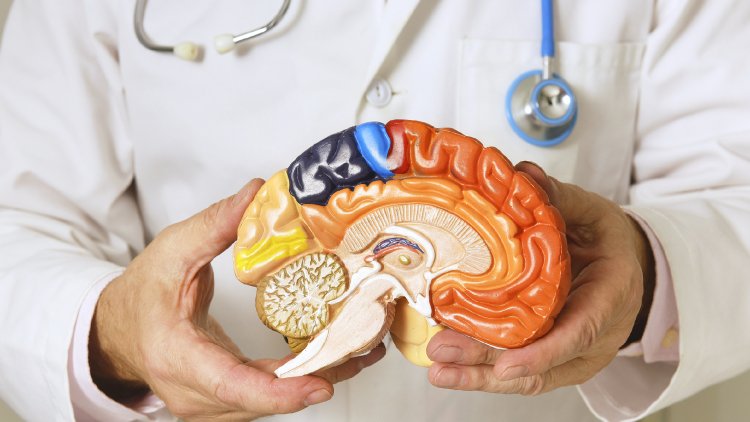World Parkinson's Day: A Brief Overview of Parkinson's Disease
Friday marks World Parkinson's Day, a day dedicated to increasing awareness about Parkinson's disease and promoting research aimed at improving therapies and finding a cure. Parkinson's disease is a degenerative brain disorder characterized...

Parkinson's disease is a degenerative brain disorder characterized by various symptoms, primarily involving uncontrollable movements such as tremors, stiffness, balance issues, and difficulties with speech.
Although most individuals diagnosed with Parkinson's disease (PD) are over 60, it can also manifest in people under 50.
Currently, there is no cure for PD; however, available treatments focus on symptom management to enhance patients' quality of life. Ongoing research is investigating innovative therapies that might slow or even reverse the progression of the disease.
### Risk Factors
The exact cause of Parkinson's remains largely unknown, but researchers believe that a combination of genetic and environmental factors contributes to the onset of PD.
According to research from the U.S. Parkinson's Foundation, about 13 percent of individuals with Parkinson's have a genetic connection to the disease.
Gender also plays a role in risk levels, as studies show that while both men and women can develop PD, women generally face a lower risk compared to men.
Living environments and lifestyle choices may further elevate risk. Significant factors include exposure to pesticides and herbicides, heavy metals, rural living conditions, reliance on well water, and certain industrial chemicals.
### Treatment
The symptoms associated with PD arise due to the depletion of dopamine, a vital chemical messenger, in specialized nerve cells within the brain.
Current treatments for Parkinson's include medications like Levodopa and dopamine agonists, surgical options such as deep brain stimulation, and supportive therapies, including physical exercises.
Although existing treatments mainly focus on managing symptoms, recent advancements in research bring hope for disease-modifying therapies. Innovations in genetics, immunotherapy, and stem cell applications hold promise for transforming PD care in the near future.
Researchers are also exploring drugs aimed at slowing or halting PD's progression by targeting its root causes, such as the clumping of alpha-synuclein proteins.
Stem cell therapy is under investigation as early trials of lab-grown neurons show potential in replacing lost brain cells and restoring motor function for patients.
Additionally, emerging research suggests that imbalances in the gut microbiome may affect PD. This has led to exploration into probiotics and fecal transplants as potential interventions.
Smart wearable AI devices are being developed to monitor symptoms in real-time, predict disease progression, and tailor treatment plans accordingly.
### PD in China
Approximately 3 million individuals in China are living with Parkinson's, which accounts for nearly half of the global total, as reported by China's Xinhua News Agency.
Parkinson's disease, along with other neurological disorders like Alzheimer's, has emerged as a significant public health and social challenge in China, particularly amid a rapidly aging population.
In February of this year, the journal Science published research conducted by scientists from Huashan Hospital, affiliated with Fudan University in Shanghai. The study revealed a novel therapeutic target for PD and identified a promising small molecule drug.
Navid Kalantari contributed to this article for TROIB News
Discover more Science and Technology news updates in TROIB Sci-Tech












